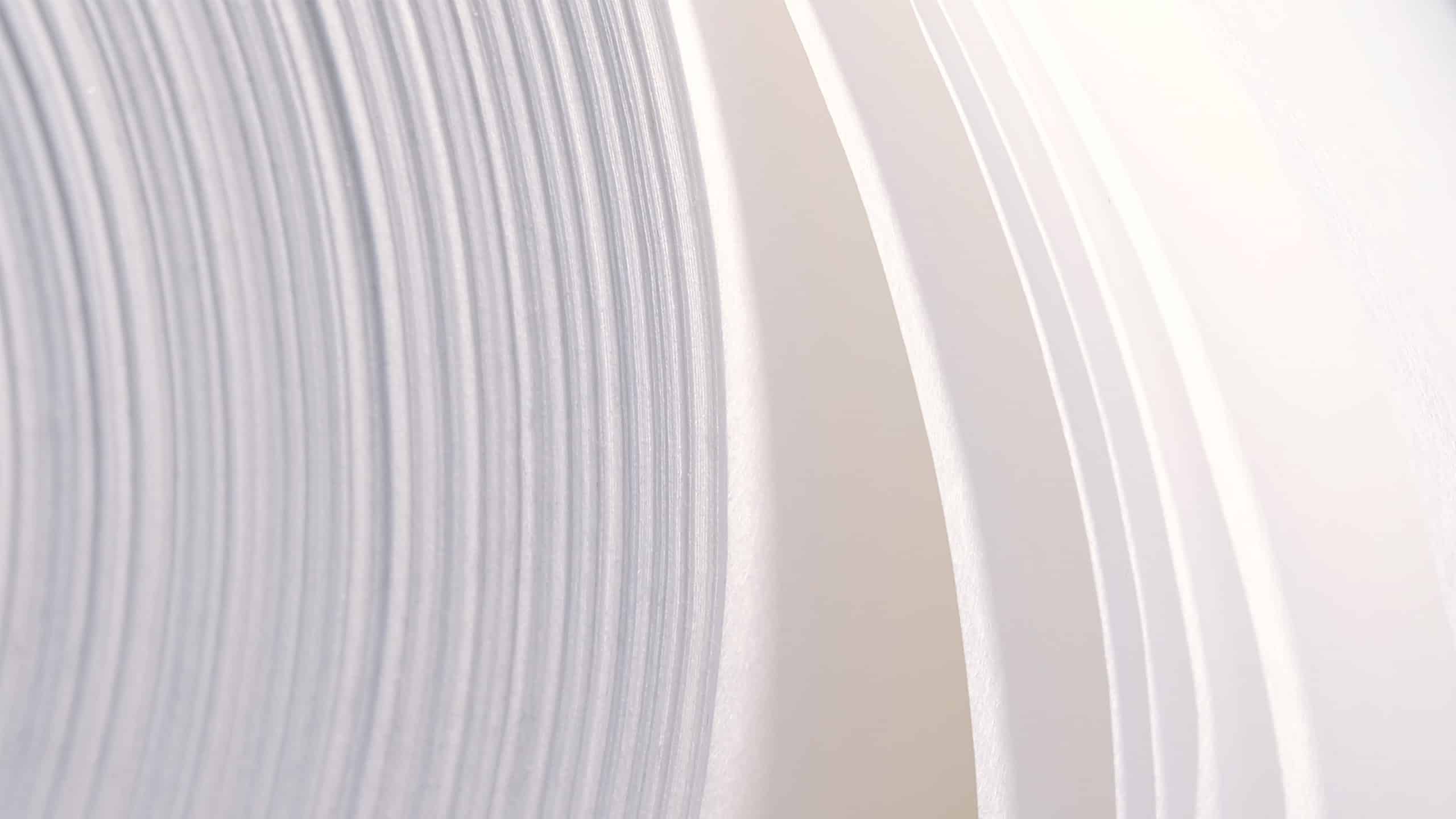The role of packaging materials in enhancing product value

Understanding the Impact of Packaging Materials on Product Perception
Packaging materials play a crucial role in shaping consumer perceptions of a product’s value and quality. The choice of material can significantly influence how a product is perceived, affecting both the initial attraction and the long-lasting impression left on the consumer. Aesthetics are often the first point of contact; a visually appealing package can draw attention and imply a high-quality product inside. The look of the packaging, along with its feel, can create a sense of anticipation and curiosity, which is essential in competitive markets.
Beyond aesthetics, functionality and sustainability are increasingly vital in enhancing product perception. Consumers today are more environmentally conscious, seeking products that reflect their values. According to the Confederation of European Paper Industries, sustainable packaging materials, such as those made from renewable resources, can boost a product’s perceived value by associating it with eco-friendliness and responsibility. Additionally, functional packaging that protects the product and offers convenience, such as easy-open features or resealability, can enhance user experience, further elevating the product’s perceived quality.
Sustainable Sourcing of Fibre-Based Materials
Sustainable forest management is central to the responsible sourcing of fibre-based materials. This approach involves practices that maintain the biodiversity, productivity, and ecological processes of forests, as highlighted by CEPI. By ensuring that fibres are sourced from well-managed forests, companies can produce packaging materials that are both environmentally friendly and economically viable. These practices are vital in reducing deforestation and promoting the long-term health of forest ecosystems.
However, achieving sustainability in sourcing is not without its challenges. It requires careful planning and consideration of various factors, including the balance between harvesting and replanting, the impact on local communities, and the preservation of wildlife habitats. While it is possible to source fibres responsibly, it is essential to acknowledge the complexities involved and strive to improve practices continually. By doing so, companies can contribute to a more sustainable future and offer consumers packaging that aligns with their environmental values.
Unique Properties of Paptic’s Fibre-Based Materials
Paptic’s fibre-based materials stand out due to their unique combination of characteristics that offer both environmental and practical benefits. These materials are known for their durability, which ensures that packaging can withstand the rigors of transportation and handling without compromising the integrity of the product inside. This durability, combined with flexibility, allows the materials to be used in a wide range of applications.
Additionally, Paptic’s materials are eco-friendly, being composed primarily of renewable wood fibres. This not only reduces reliance on non-renewable resources but also ensures that the materials are recyclable and reusable. The soft and silent nature of the material enhances the user experience, making it a preferred choice for brands looking to provide a distinct feel to their products. These properties collectively set Paptic’s materials apart, offering a sustainable alternative without sacrificing performance or aesthetics.
Benefits of Paptic’s Solutions Over Traditional Fibre-Based Options
In terms of usability, Paptic’s solutions are designed to be compatible with existing packaging lines, offering a seamless transition for companies looking to adopt more sustainable practices. The innovative design of these materials ensures that they are strong yet lightweight, providing the same level of protection with less material. This not only reduces waste but also potentially lowers shipping costs due to the reduced weight. Such innovations in design and functionality demonstrate Paptic’s commitment to providing practical, sustainable alternatives to conventional packaging materials.
The Role of Packaging in Brand Differentiation
In a crowded market, packaging can be a powerful tool for brand differentiation. Innovative materials like those offered by Paptic can help brands stand out by aligning packaging with their values and the expectations of their target audience. The unique properties of Paptic’s materials, such as their feel and eco-friendly nature, enhance brand perception and create a memorable first impression.
Aligning packaging with brand values is crucial in building consumer trust and loyalty. When a brand uses sustainable packaging, it signals to consumers that it prioritizes environmental responsibility, which can be a significant selling point for eco-conscious customers. By choosing materials that reflect their values, brands not only differentiate themselves but also foster a deeper connection with their audience. This strategic use of packaging can transform it from a mere container into a vital part of a brand’s identity and marketing strategy.
